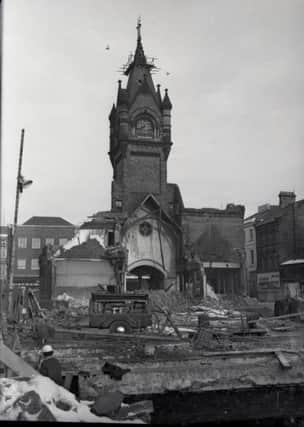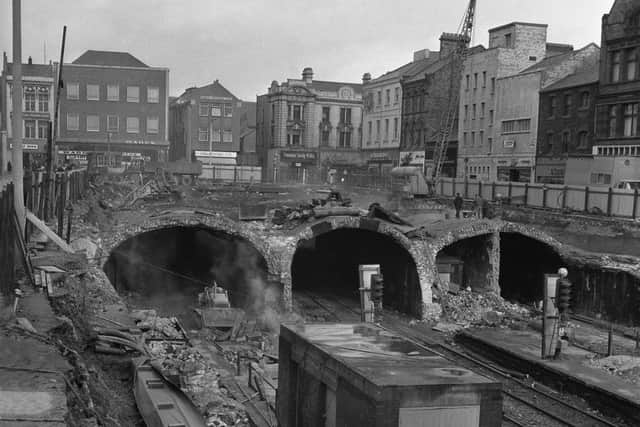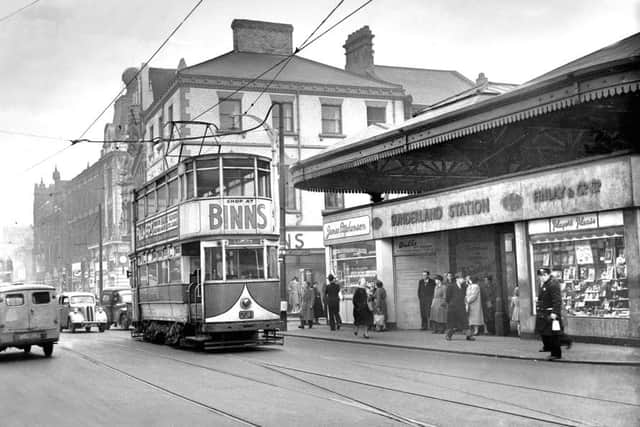7 shots of Sunderland Station over the decades


But, as these Echo photos reveal, Wearside’s rail links have undergone several revamps from that time on; including one courtesy of World War Two.
“The very first passenger services were provided by Durham and Sunderland Railway Company in 1836,” said photographic archivist Susan Swinney.


Advertisement
Hide AdAdvertisement
Hide Ad“Three stations, at Monkwearmouth, Fawcett Street and Hendon, did brisk business – until North Eastern Railway opted to bring all rail traffic together.”
Sunderland’s new Central Station opened on August 8, 1879, and, by the late 19th century, it was a hub of great importance, offering rail links country-wide.
Architect William Bell was given a “generous budget” to design the site and the result included spectacular tunnels and a French Gothic-style clock tower.
“The original plans apparently ‘disappointed’ Sunderland Town Council, prompting councillors to provide a much bigger budget,” said Susan.


Advertisement
Hide AdAdvertisement
Hide Ad“Services to South Shields, Durham and Newcastle were provided in the early years, as well as to West Hartlepool and Middlesbrough from 1905.
“But the constrictions of the site – with tracks running underground – meant that passenger facilities had to be constructed within a hall above the arches.”
Changes over the years included the addition of a second entrance, with a booking office, in 1883. The station was also damaged in an air raid in 1940.
British Railways then removed the train shed in 1953 and, in 1966, the surface buildings, including the clock tower, were bulldozed and a new entrance built.
“The station today looks nothing like it did when first opened,” Susan added.